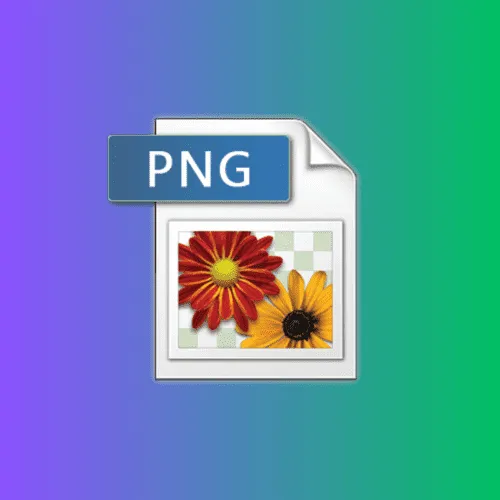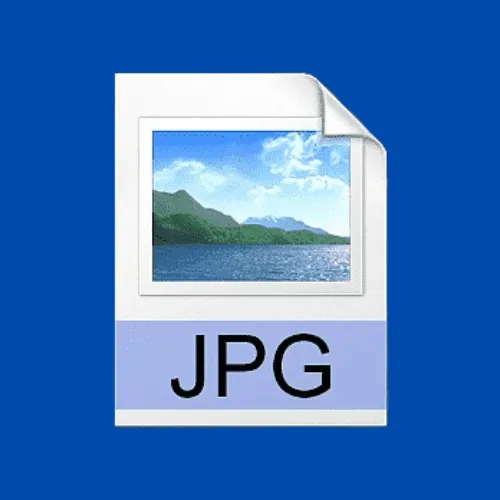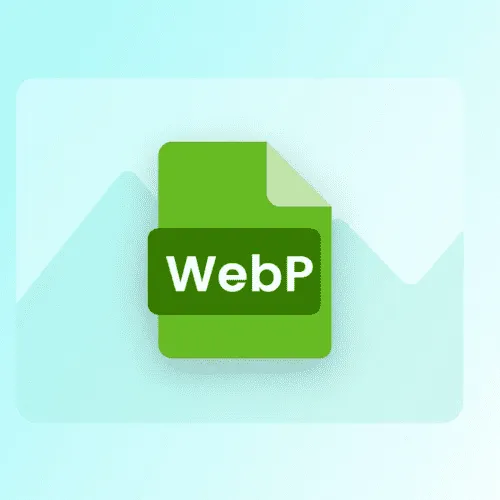Understanding Image Formats: PNG, JPG, and WebP
A comprehensive guide to the most popular image formats, including PNG, JPG, and WebP, with a focus on their unique features and best use cases.

Understanding Image Formats: PNG, JPG, and WebP
In the digital world, choosing the right image format is crucial for optimizing performance and maintaining quality across various platforms. From web design to digital photography, the format you select can significantly impact load times, image quality, and user experience. In this post, we’ll delve into three of the most commonly used image formats—PNG, JPG, and WebP—offering insights into their features, advantages, and ideal use cases.
PNG (Portable Network Graphics)

PNG stands for Portable Network Graphics. It was developed as an improved, non-patented replacement for GIF (Graphics Interchange Format). PNG is a lossless image format, meaning that it compresses images without losing any data or quality.
Key Features:
- Lossless Compression: PNG retains all the original image data. This is ideal for images where maintaining high quality is essential, such as logos or detailed graphics.
- Transparency: PNG supports an alpha channel for transparency. This allows you to have images with variable transparency levels, making it perfect for overlays and web elements where you need to blend with different backgrounds.
- File Size: PNG files tend to be larger than JPG files because they retain more data, which can affect loading times on the web.
Additional Details:
- Color Depth: PNG supports 24-bit RGB color, which allows for millions of colors and is suitable for high-quality images. It also supports 8-bit grayscale for black and white images.
- Interlacing: PNG supports interlacing, which enables an image to gradually become clearer as it loads. This can improve user experience on slower connections.
Use Cases:
- Web Graphics: Ideal for images like buttons, icons, and other graphical elements that require crisp lines and transparency.
- Logos and Illustrations: Best for images that need to be resized or used in multiple contexts without losing quality.
JPG (Joint Photographic Experts Group)

JPG (or JPEG) is a widely used image format that utilizes lossy compression. This means that some image data is discarded to reduce file size, which can result in a loss of quality. Despite this, JPG is very popular due to its balance between quality and file size.
Key Features:
- Lossy Compression: JPG compresses images by removing some of the less important data, which reduces file size but may introduce compression artifacts. The level of compression can be adjusted to balance quality and size.
- File Size: JPG files are smaller compared to PNG files, making them suitable for use on the web where reducing loading times is important.
- No Transparency: JPG does not support transparency, so it’s not ideal for images that need to blend into different backgrounds.
Additional Details:
- Color Depth: JPG supports 24-bit color, providing rich, full-color images. It is well-suited for photographs and complex images with gradients.
- Quality Levels: JPG compression levels can be adjusted to control the trade-off between image quality and file size. Higher compression reduces file size but may introduce noticeable artifacts.
Use Cases:
- Photographs: Ideal for images with complex color gradients, such as digital photos and detailed artwork.
- Web Images: Commonly used for online galleries, product images, and anywhere that reduced file size is necessary without compromising too much on quality.
WebP

WebP is a modern image format developed by Google that aims to provide superior compression methods while maintaining high quality. It supports both lossy and lossless compression, as well as additional features like transparency and animation.
Key Features:
- Compression Options: WebP offers both lossy and lossless compression. Lossy compression reduces file size by removing some image data, similar to JPG, while lossless compression preserves all image data, like PNG.
- Transparency: WebP supports transparency with lossless compression, making it suitable for images requiring transparent backgrounds.
- Animation: WebP supports animated images, offering a more efficient alternative to GIFs with better compression and quality.
Additional Details:
- File Size: WebP images are typically smaller than PNG and JPG with comparable quality, which helps reduce web page load times and save bandwidth.
- Color Depth: WebP supports 24-bit color, ensuring vibrant and high-quality images.
Use Cases:
- Web Optimization: WebP is particularly useful for reducing image file sizes on websites, leading to faster loading times and better user experience.
- Animated Content: Ideal for animated graphics where smaller file sizes can reduce loading times compared to GIFs.
Conclusion
Selecting the right image format depends on your specific needs and goals. PNG is perfect for high-quality graphics and transparency, JPG is ideal for photographs and scenarios where file size is a priority, and WebP provides a modern solution with superior compression and additional features. By understanding the strengths and limitations of each format, you can make informed choices that enhance the visual quality and performance of your digital content.

